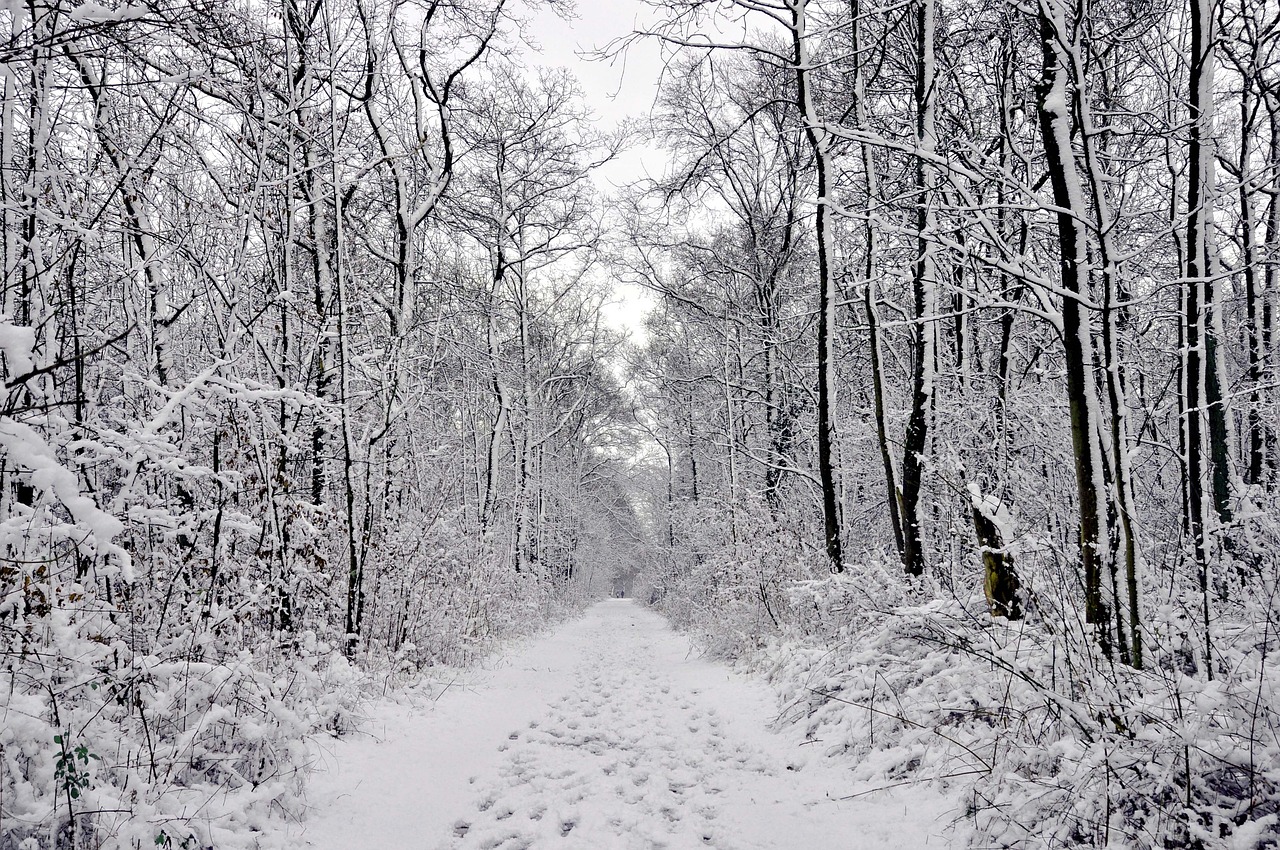Winter Running: It's Good to Get Out
I love running in extreme winter conditions. Bad weather is no reason to abandon your training. Keep going: the next several months are a critical time for building your base in preparation for spring and summer racing. Piling up base miles will allow your body to adapt to faster interval training when the weather gets warmer and it will lead to greater strength and endurance. The key to establishing a good base? Consistency. Continuing to train in bad weather also limits the pitfall of doing your base miles too quickly –– it’s the time you put in, not the distance –– because it can be tough to run quickly in the snow, ice, and wind. Don’t worry if you feel like you are merely trudging along. The slow, steady miles are going to be good for your running. If you are running on ice and snow, the constant readjustment of your foot placement will strengthen your lower leg muscles and more fully engage your core. The benefit of running on varied surfaces –– in this case, ice and snow –– replicates the advantages conferred by trail running. Just be careful to concentrate and take your time. You don’t want to take a spill when running on ice and snow.

Winter weather…no problem
Running in extreme winter conditions does require some planning. Make sure that your footwear has the necessary traction for the conditions. There are several methods of achieving better traction in the snow and ice. For most conditions, a trail running shoe with an aggressive outsole tread such as the Saucony Peregrine or the Brooks Cascadia will provide traction on a variety of surfaces. Wearing a trail shoe is useful if you are going to come in contact with bare pavement, as well as snow and ice, during your run. If you are running on a consistent layer of snow and ice, try the YakTrax Run cleat, which is outfitted with carbide steel studs under the forefoot. This will keep you upright in all ice and snow conditions. Just be careful if you come across bare pavement. Another popular approach to maintaining traction is to “screw your shoes.” Take an old pair of running shoes and drill either 1/2 inch or 3/8-inch sheet metal screws up through the midsole to provide improved traction. Again, if you hit bare pavement during your run, this can be slippery.
When going out in extreme winter conditions, it is important to tell someone your route and how long you are planning on being out. This is also an ideal time to run with a cell phone. Even better, winter running can be a whole lot more fun when running with friends. Find some running partners. It’s not just for safety, but having some running partners to be answerable to can also help to provide motivation on the coldest winter days. Misery loves company. Although, you will probably find that after warming up for several miles, even the worst weather starts to feel more manageable. Be sure to have a warm place to go when you stop running. If this is not possible, you will want to be sure to dress in layers. Dressing for winter running can be tricky. Some runners merely require a good base layer, a wind-resistant jacket, and some tights. Others need several more layers, perhaps tights and wind-resistant running pants. Be sure to protect your extremities, as well. A pair of high-quality running gloves or mittens can make all the difference. It is important to figure out how hot you generally run before deciding on your ideal winter weather layering combination. The general rule is that you should be slightly chilly when you first start out; otherwise, you are likely to overheat. One of the best ways to narrow down your clothing needs is to stay close to your house, or a warm, sheltered location, as you embark on your first cold-weather runs. This allows you to make some mistakes without suffering from hypothermia or frostbite. With the proper gear and friends, cold-weather running will be fun.
There’s no denying that winter running can be tough. When you are struggling against the wind or trudging through the snow, remember that this will all pay off in the spring and summer. Extra miles in tough conditions will give you the strength and endurance to tackle new challenges and run to your true potential. Running in tough winter conditions will also give you confidence. Arturo Barrios, a Mexican distance runner who rose to prominence in the late 1980s and early 1990s and held world records on the track for 10,000 and 20,000 meters, famously recognized the usefulness of running in extreme winter conditions. He saw it as critical to his running success. In December 1991, while he was doing basework for the Barcelona Olympics, Boulder, Colorado, was hit with a two-week, sub-zero cold snap that dropped the temperature to minus 25 degrees. This did not stop Barrios: “Even if it’s snowing, I go out. Just being out there when it was minus 25 degrees helps me. I think simply by training in bad conditions, it is going to make you tough, physically and mentally.”
With the necessary precautions, some running partners, and careful consideration of your gear, winter running can be an enjoyable pursuit, especially when you realize that there will be future payoffs. So, get out there this winter and stay tuned for further advice on “Outdoorzing” during the wintery months ahead.
Connect With Us
see the latest from Fleet Feet Albany & Malta